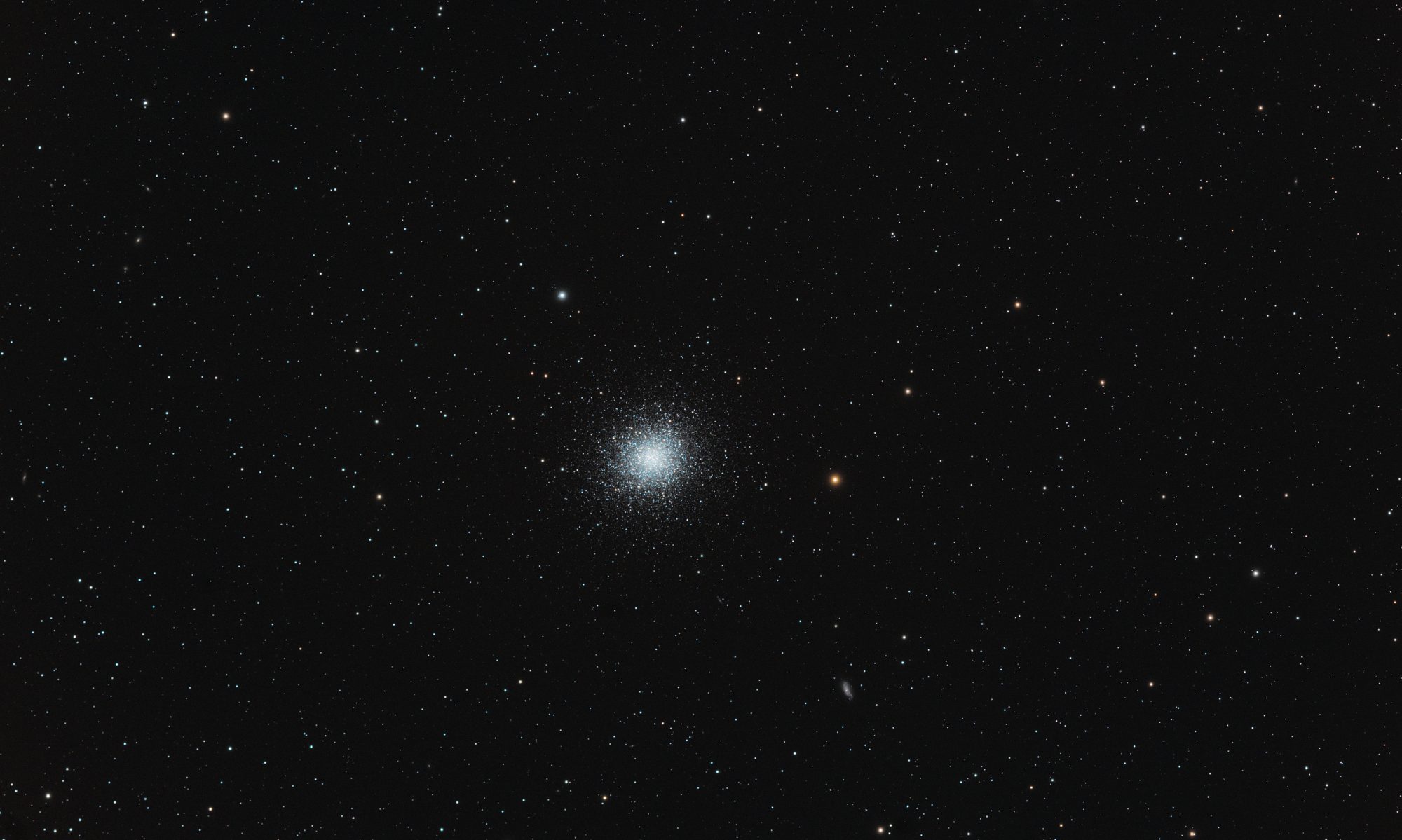It’s been a while that the C11 was put to use, today I could clean the corrector, and also I found the very very small engraved numbers close to the edge, that line up with the line (and the same number next written next to it) found on the back of the primary. With the tri-bahtinov I could focus and collimate the optics. See also the links here and here.
make sure the three area’s of the mask line up with the three collimations screws of the secondary. The procedure is to focus like a normal bahtinov (ate least one set of lines), and then to look for the area (one of three) where the central line is not nicely central between the spikes. That becomes easily visible when covering an area: when that dims or obscures that is the guilty area, and the corresponding collimating screw needs to the turned (very very slightly). You see the effect on the central line. When centralized, repeat for the third area when necessary.
This is really easy, choose a star high in the sky. On the accuracy of this method I have little data or calculations unfortunately. What I do see is that (with a star in-focus) a very slight turn on the collimation screw (Bob Knob’s in my case), like 1/8 of a turn, gives an immediate effect on the Bahtinov image. The lines across the three sections will not be symmetric anymore. The area that corresponds to the collimation screw that was changed, will display a Bahtinov cross that is not centralised. From this observation I do believe that this method is accurate enough for collimating a SCT.




